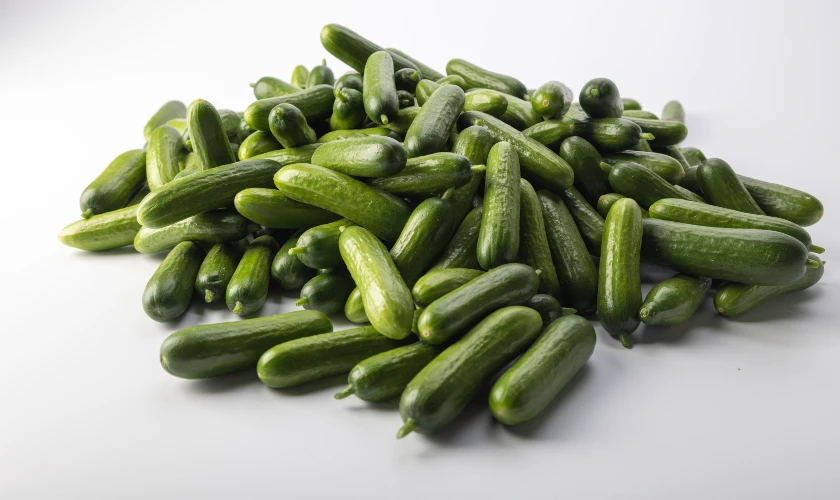The Netherlands
September 30, 2024
This is the last part of our series in which we celebrate nearly a century of cucumber activity. If you did not yet have the chance to read the first and/or second article, then read more about the evolution of production methods, or the increasing diversity in cucumber breeding. In today’s article, we hear from Heleen van Rijn – Wassenaar (Specialist Marketing Pepper, Cucumber & (water)Melon) about the development of shelf diversity and her perspectives on the future of the cucumber category. Join us as we delve into this timeline!
The development of shelf diversity
When we ask Heleen about the most crucial changes in cucumber over the last century, the first word that comes to her mind is ‘seedless’. She explains: “The introduction of seedless and completely female varieties massively changed the cucumber category.” In the early 20th century, all available cucumbers contained seeds, whereas almost all cucumbers sold nowadays in developed retail markets are seedless.
“Another shift was the launch of non-bitter varieties around the same time as the seedless varieties. These better-tasting cucumbers created more consumer demand and therefore more shelf space,” continues Heleen. “Currently, we offer a broad assortment of cucumbers: from regular, Long English cucumbers, to midi, mini and snack cucumbers. Part of this assortment is also available as organic.” By having both conventional and organic varieties available for all segments, Rijk Zwaan aims to meet the needs of the entire market.
How does Heleen view the future? “In the coming years, I expect the demand for sustainable cucumbers to increase, with retailers setting guidelines regarding production methods or packaging materials,” she comments. “Besides this, I expect to see greater interest in convenience-size cucumbers. Why? Because people are always on the go nowadays and households are getting smaller. A midi, mini or snack cucumber is a solution for these trends, and they also connect to another trend, namely healthy snacking. That’s why I believe the demand for ready-to-eat cucumbers will increase further in the years ahead,” Heleen states.

Read our previous articles to find out more about the transitions in cucumber breeding and production methods. This is the third and last article of the series in which we have concentrated on developments within cucumber.
> The evolution of production methods / De evolutie van productiemethoden
> The increasing diversity in breeding - Celebrating nearly a century of cucumber activity at Rijk Zwaan